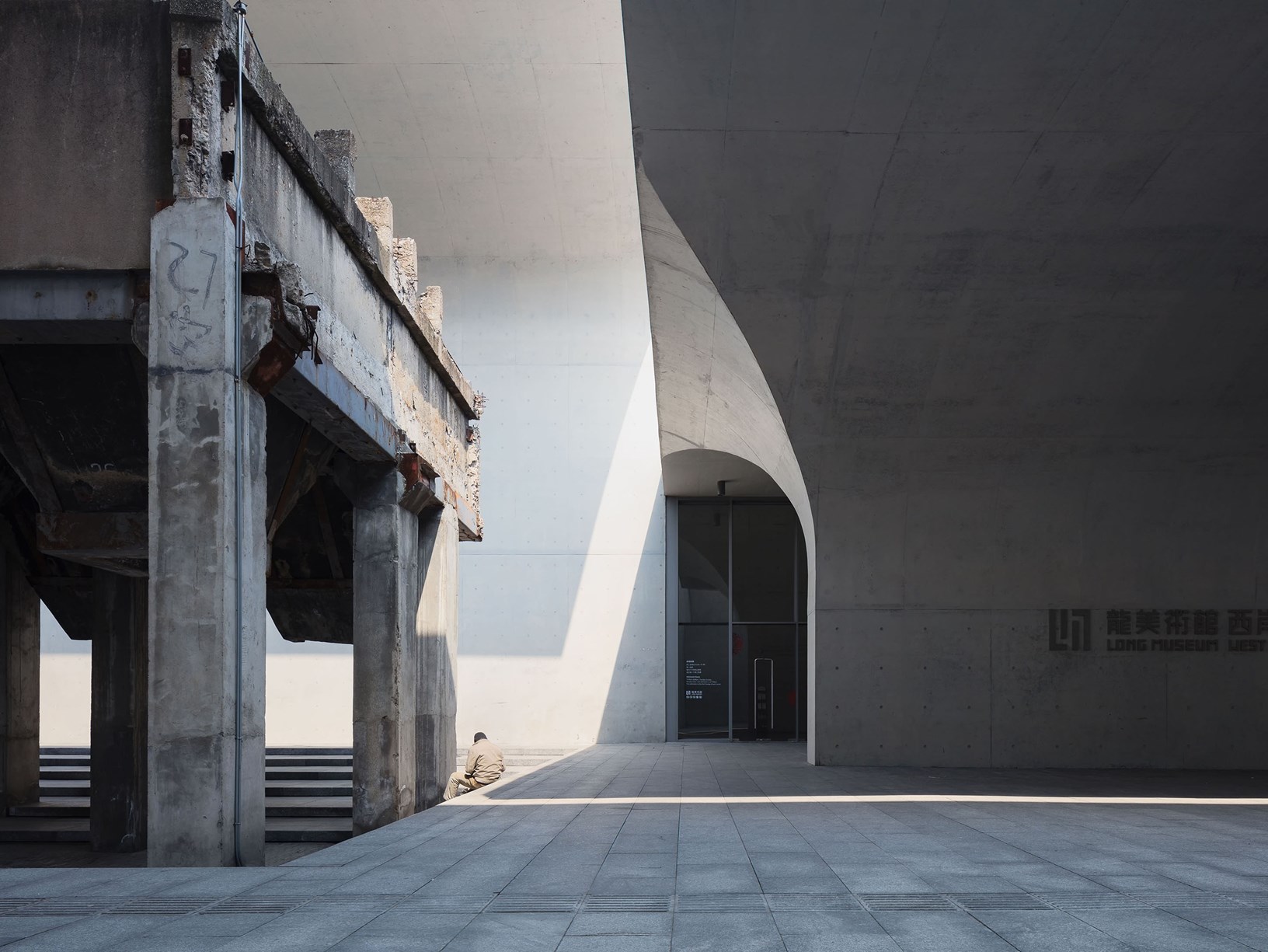The equipment for architectural photography
The fundamental equipment for architectural photography

The fundamental equipment for architectural photography
Architectural photography is a branch of photography that deals with representing buildings in the urban context in which they arise. The goal is to highlight the beauty and skill of the architect during the design phase. Attention to detail, the choice of light, the equipment used and the photo-editing programs are essential for any self-respecting architectural photographer. Today we want to focus on the essential equipment to have.
The type of camera
Of course, no matter what type of camera you have, all of you can aspire to become an architectural photographer, both professional and amateur. In fact, it is possible to photograph architecture with any photographic device. If you’re willing to spend some money on a more professional camera, you might want to opt for a full-frame sensor body.
What is the best type of camera to buy?
As we all know, the choice in purchasing the camera is fundamental. You could opt for both a reflex and a mirrorless.
With an SLR you can choose a wide range of lenses, including tilt / shift, designed specifically for photographing architecture. Of course, based on the purpose of your photos, you will have to make the choice.
Thanks to the great improvements in technology, mirrorless cameras have proven to be very good competitors of DSLRs in terms of quality. One of these improvements is the possibility of using full frame sensors (previously only found in the second type of cameras). As for the optics, on the contrary, the gap between the two models is still very high.
For photography in the city, having to move (probably) from one neighborhood to another and requiring less weight to carry, it is certainly preferable to use a mirrorless camera.
What kind of goal to choose
The choice of lens is even more important than the choice of the camera. The final rendering of the image and the cutting of all the work that will be carried out will depend on this.
A very popular type of lens in architectural photography is the wide angle, which allows you to obtain very suggestive perspectives (being able to include many elements without moving away from the main subject of the photo). However, all that glitters is not gold. A wide angle with a very short focal length, depending on the angle of the camera, tends to distort the peripheral lines of the entire frame, thus risking to compromise the shot.
In architectural photography, all lenses that drop below 14 mm (for APSC sensors) should be avoided because, below this focal length, distortions would make the image too artificial, with oblique and curved lines. The advice is to use wide angles from 14 to 20 mm for APSC sensors, while those from 24 to 28 mm for full frame sensors.
In this type of photography, the tilt / shift lens is usually used, capable of correcting any distortion before taking a shot by tilting its optical axis with respect to the focal plane.
Another type of choice may be the use of super wide-angle zoom lenses. Thanks to the zoom, in fact, it is possible to vary the focal distance to adapt the shot to the subject.
Which filters to use in architectural photography
One of the best filters for contemporary architecture, for example, is the polarizer. With this it is possible to obtain images with high contrast and extremely saturated colors.
Another type of useful filter is the neutral density ND. It is ideal for taking pictures in very crowded places. In this way the photographed images will not be in motion (the passage of people for example).
Use the tripod
A tripod should never be missing from an architectural photographer’s kit. The tool is essential in low light conditions, to adjust (accurately) the composition of the image and to avoid any vibration that could ruin the final product. Before purchasing it is necessary to study its capacity well, so that it is able to stabilize the camera.



































































